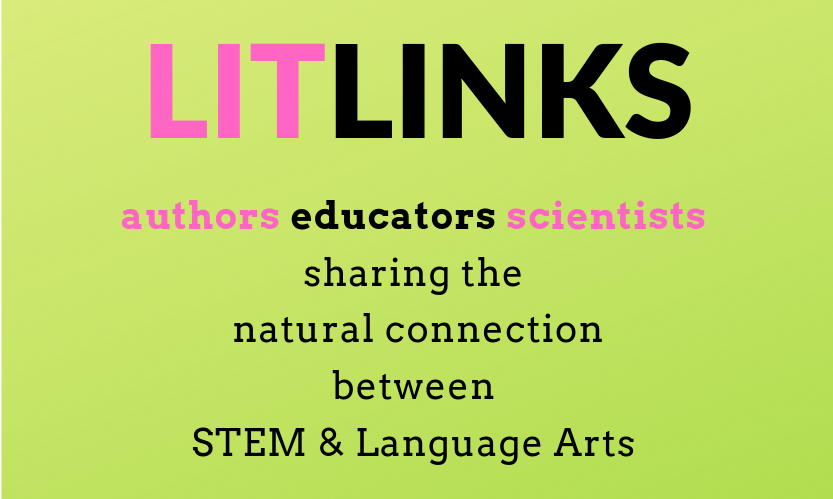
GUEST BLOGGER MARY KAY CARSON
Animal Watching is a book built for the outdoors. Its water-resistant cover, sewn binding, and metal corner protectors help fulfill the book’s purpose: get kids outside to explore the natural world. Readers build their animal watching and identification skills through leveled steps, recording their observations in the book itself. Kids start simple, simply checking off observed bird behaviors or mammal signs, for example. As they gain experience and knowledge they level up to sketching, surveying habitats, and describing sounds and smells. In short, readers are learning to keep nature journals as they train themselves to notice an animal’s shape, size, color, behavior, and location — the “Fantastic Five” clues when identifying wildlife. It’s all part of becoming an active observer.
Nature is the perfect writing prompt
Nature journaling isn’t new. Aldo Leopold, Henry David Thoreau, Rachel Carson, and John Muir all kept journals of their outdoor observations and discoveries. What was Charles Darwin’s Voyage of the Beagle but a fancy nature journal? Recording when migrants return, sketching clouds, and making notes of dens and nests is a time-honored activity. Nature is an everchanging and endlessly fascinating writing prompt for students. Harness it!
Pre-writing activity
Asking students to go outside and write down their nature observations is all well and good, but some kids will need more direction or focus to be productive. That’s where Animal Watching comes in.
- Provide students with copies of pages 5-6. (The book’s pages can be photocopied for personal use, including classrooms.)
- Ask them to follow the instructions on the worksheet-style pages. First they fill out, Try It: Watch Some Locals, and then Track It: Wild Journal.
- As a class, review their wildlife findings and encourage students to share what they checked off and wrote in.
- Ask students: Why is recording date, time, location, and weather information important?
- Use examples from student work to point out how the Track It page built on observations on the Try It page.
- Discuss how traditional nature journals have a freer form with room for sketching, too.
Activity: Nature journaling
Now that students have a taste for nature journaling, go for the real thing.
- Have students take notebooks, colored pencils, and writing pencils or pens outdoors.
- Instruct them to begin by noting the date, time, location, and weather information.
- Ask students to write about what they see. Encourage those having trouble to remember, or review, the pages they filled out from Animal Watching.
- Once back in the classroom, invite individuals to share what they wrote with classmates. Did everyone see the same thing? Some of the same things?
Mary Kay Carson is an author of nonfiction books for young people. Her book Alexander Graham Bell for Kids received a 2019 AAAS/Subaru SB&F Prize for Excellence in Science Books. She’s written six titles in HMH’s Scientists in the Field series, including Mission to Pluto (2017 Ohioana finalist) and The Bat Scientists (ALA’s 2011 Notable Children’s Books for Middle Readers). She regularly contributes to Hands-On-Books: Nonfiction for Kids with Fun Activities and is a member of STEM Tuesday Find out more at www.MaryKayCarson.com or follow her on Twitter @MaryKayCarson.


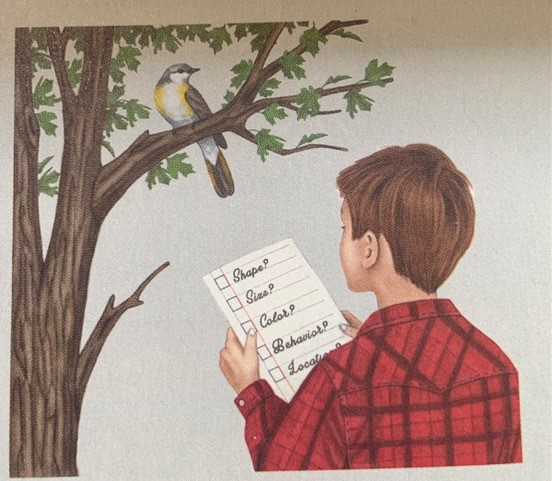
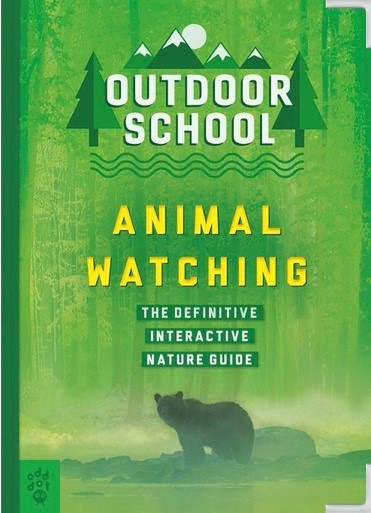
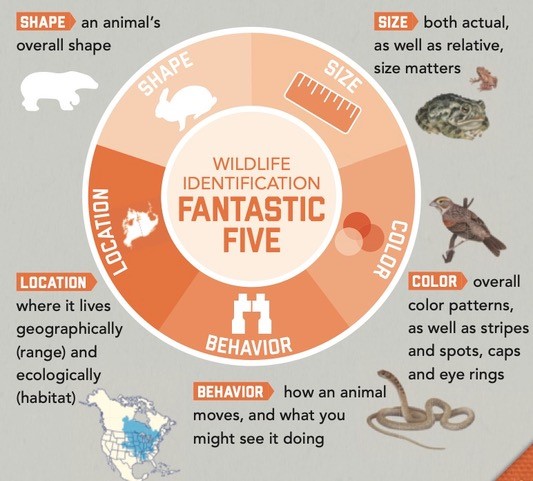
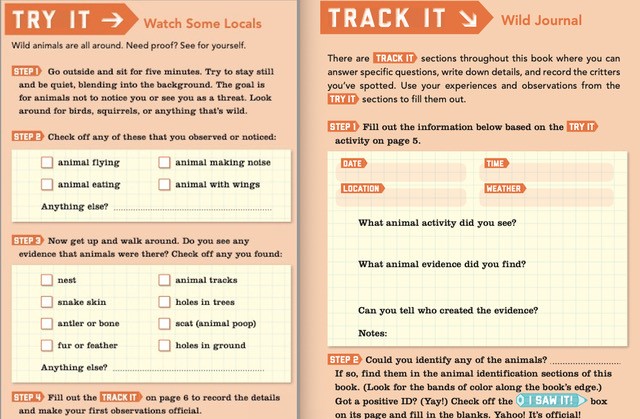
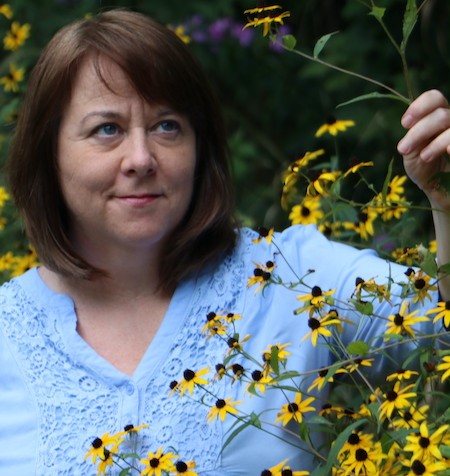





Leave a Reply
Your email is safe with me.